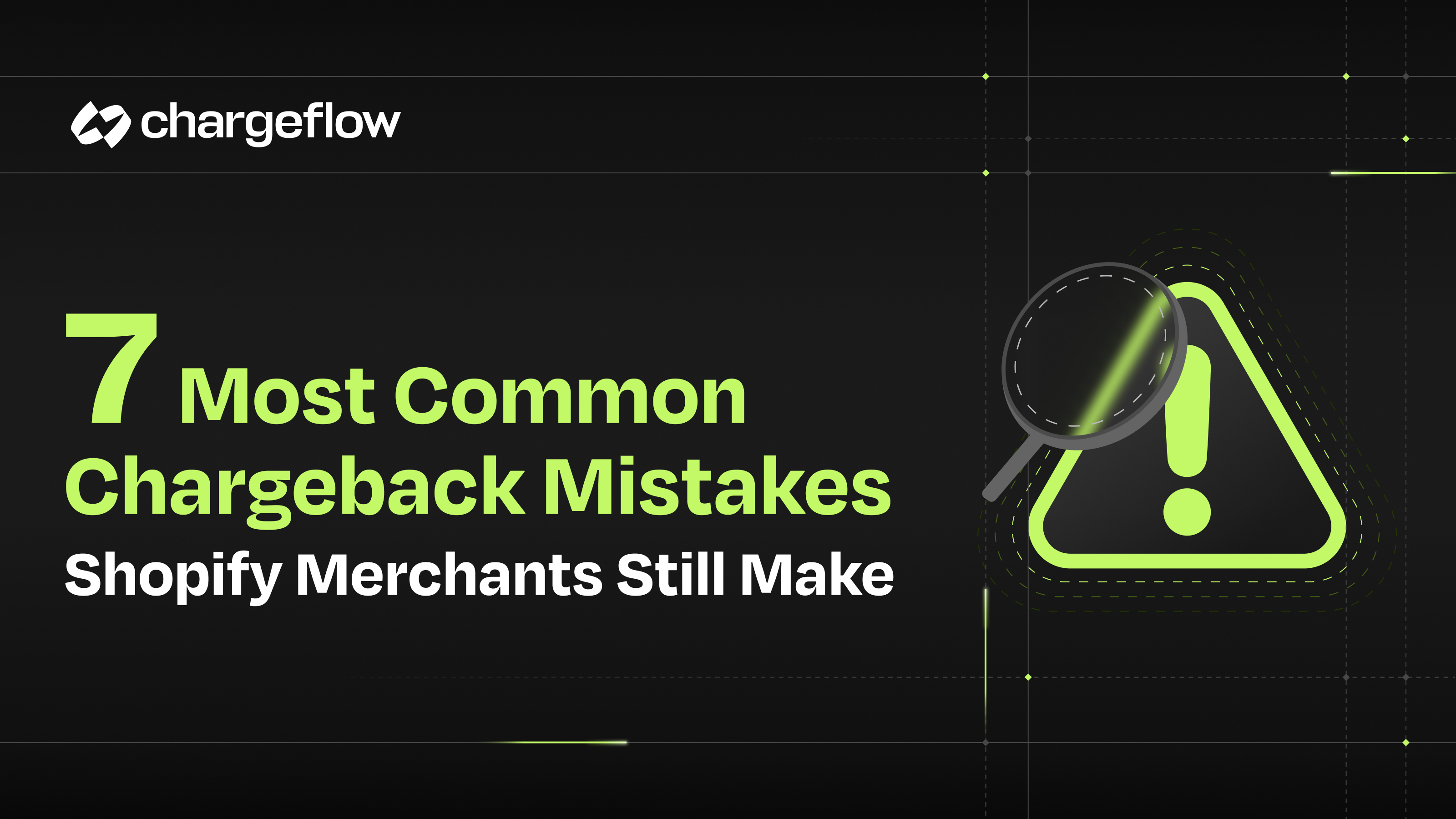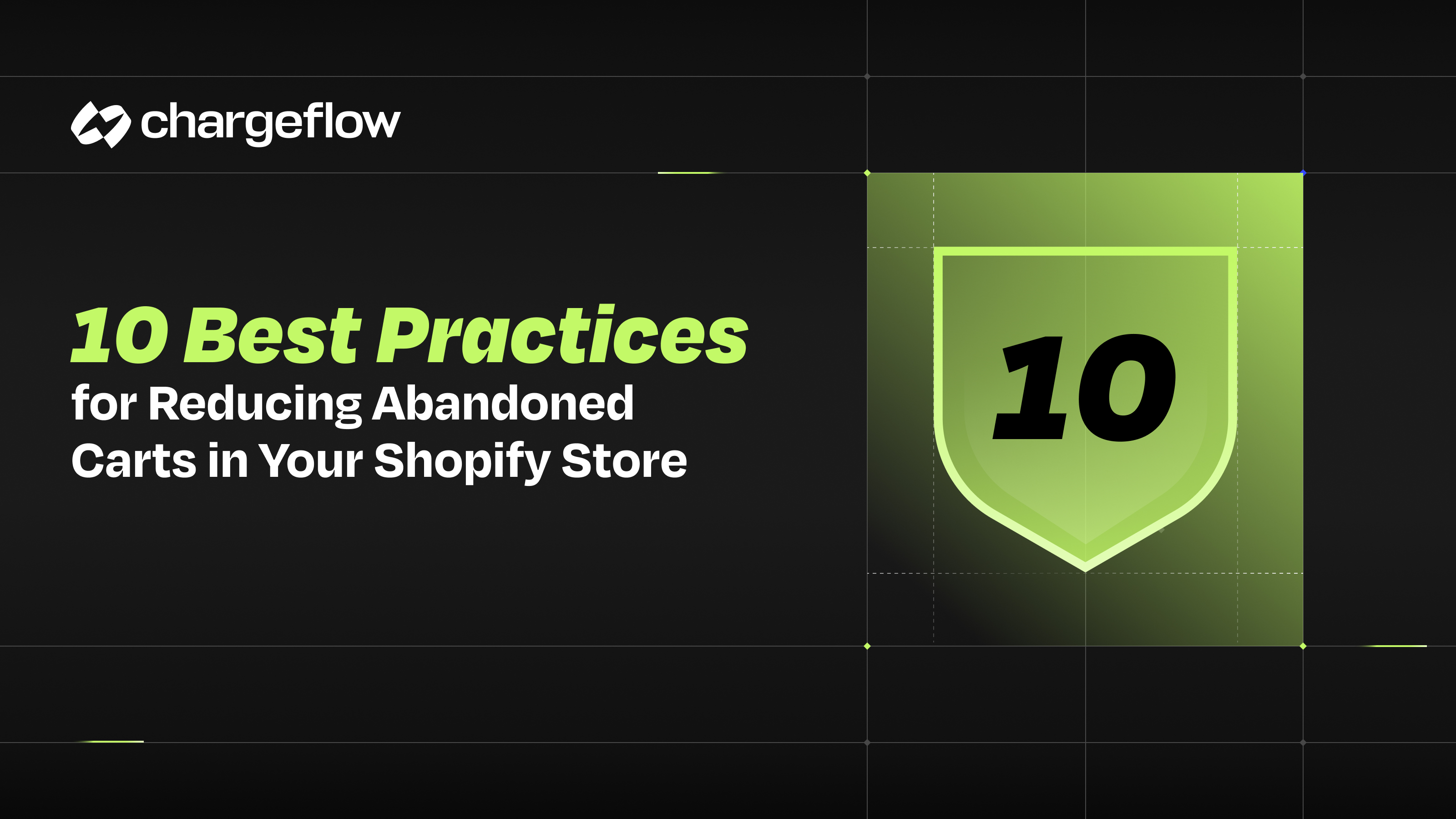How to Synchronize PayPal Tracking Numbers to Mitigate Disputes, Fraud, and Chargebacks

Chargebacks?
No longer your problem.
Recover 4x more chargebacks and prevent up to 90% of incoming ones, powered by AI and a global network of 15,000 merchants.
Syncing PayPal tracking numbers and order information directly from your store to PayPal would save you lots of trouble and revenue. Here's how.
In an earlier post on how to win an Item Not Received PayPal dispute, we highlighted that an order tracking system is the most pivotal piece of evidence for overturning order disputes and chargebacks.
Why?
It happens that whenever a customer files an Item Not Received dispute against you, for example, PayPal will request, contacting you within business days, that you send vital pieces of evidence like tracking details that show otherwise. And if you don't have such compelling evidence, that's the end of the road. PayPal will side with the buyer, and you will automatically lose the case.
This article will help you understand what PayPal Tracking Numbers synchronization is, how it works, and why you need it to mitigate fraud, disputes, and chargebacks.
What is PayPal Tracking Numbers Synchronization in Simple Terms?
First, a refresher on what we shared with you regarding an order trackability function:
- Tracking a package is crucial as it provides concrete proof the item reached the buyer. It helps the buyer and the seller to quickly get relevant, just-in-time details on the package's location. That's why it is general recommended to share tracking updates with buyer to stay ahead of the curve.
- An order tracking system works with a bar code attached to an order-in-transit. That functionality helps handlers get specific information about the parcel, such as where it originated from, its shipping label and its destination. And the information will be available on the shipping company's website and remains evidence that the package passed that route.
Having said that, automated tracking numbers synchronization tools help merchants optimize this process with an all-in-one time tracking solution. By connecting PayPal as your payment provider, you can automatically add tracking information from your eCommerce platform, such as Shopify, to PayPal, simplifying the process significantly
Aside from alleviating the redundant, manual labor and saving you more time, order tracking numbers sync also helps you mitigate fraud, disputes, and chargebacks. And we shall review that aspect in the next few paragraphs.
How Does PayPal Tracking Numbers Synchronization Work?
Order tracking synchronization helps PayPal to discern and investigate fraudulent customers.
As we've already mentioned, you can add tracking information to your payment through either the manual process or the automated approach.
For the manual method, PayPal requires you to add shipment tracking information to your PayPal account made with your own email address as soon as you make a shipment. It is one of the requirements they need for you to be eligible for Seller Protection.
To add your tracking information or change the order status, follow the steps below:
- Click on Activity at the top of the page.
- Find the transaction you would like to update, then click on the dropdown list in the 'Actions' column next to it.
- Click Add tracking in the dropdown list.
- If you sold a product, select Shipped in the order status dropdown. You can also mention that if you shipped it with DHL express or any other logistics providers.
- Type in the tracking info, credit card payments and select the shipping carrier.
- If you sold an intangible item or service, select Order Processed ('Tracking information not required' will be checked).
- Then click Submit.
Once you submit the data, the buyer will get an email notification from PayPal customer service that you entered the shipment tracking information for the transaction (if applicable). The email includes the tracking number, order status, and shipping company.
If you sell tangible goods with no virtual product, you should send the tracking numbers to PayPal as soon as you ship items to your customers. That enables you to access funds through online payments more quickly, provide seller protection, and keep customers informed, as we shall cover in the next section.
On the other hand, with PayPal tracking numbers synchronization, you don't have to provide the above data one transaction after another. The tracking sync application is designed to automatically integrate your tracking information on any transaction from your carrier to your payment processor -- regardless of the volume or frequency of transactions. You don't have to lift a finger.
You will also get a quick breakdown of the order status in this PayPal package which is as follows:
- Shipped - The item was shipped and is on the way.
- Order On Hold - The item might be held up in customs or is on hold for another reason.
- Order Delivered - The item has been successfully delivered.
- Canceled - The shipment was canceled, and the tracking number no longer applies.
Suppose a customer files an Unauthorized Transaction or Item Not Received dispute on order, and you find that it's illegitimate. In that case, you can quickly pull and hit them with the PayPal tracking numbers data. It gives you an upper hand when mediating disputes. That brings us to the next point.
Why Do You Need PayPal Tracking Numbers Synchronization to Mitigate Fraud, Disputes, and Chargebacks?
As PayPal continues to tighten its rules with instruments such as account reserve, dispute fees, or merchant ban to curtail credit and debit card payment threats, the result is often a minimal degree of error margin for merchants, as we covered in this article.
Automated tracking synchronization solutions help eCommerce businesses accelerate funds release, foster trust with PayPal, and benefit from PayPal's Seller Protection, all with the simplicity of a single click.
The benefits of using an automated PayPal Tracking Numbers Synchronization service include:
- PayPal Seller Protection- The PayPal Seller Protection is a fantastic program by PayPal that minimizes disputes and chargebacks and helps prevent buyer fraud. Syncing your store's tracking information is a mandatory prerequisite to qualify for this protection service.' It acts a united Parcel Service for parcel monitoring.
- Faster Funds Release- In the event of a rapid increase in sales or disputes, PayPal can hold your payments for up to 21 days to protect buyers. You can avoid or expedite the release process by syncing your tracking information to PayPal along with client invoice.'
- Fewer Chargebacks & PayPal Disputes- By providing your customers with valid tracking numbers inside PayPal's system, they are less likely to file for disputes or chargebacks, which means more $$$ for you.'
- Lower Funds Rolling Reserve- PayPal's financial risk system relies on applying rolling reserves to cover potential risks and payment reversals merchants can receive, like chargebacks and disputes.'
- Earn PayPal's Trust- New businesses take longer to achieve a high level of PayPal's trust. Syncing your tracking numbers with PayPal's system will lead to much higher confidence in your company.'
- Supports over 700 carriers- Our system supports over 700 worldwide carriers, so you can be confident we support your chosen carrier.
Once a synchronization feature is integrated into your eCommerce platform and connected to your PayPal account, it streamlines the process of updating tracking information, requiring minimal effort from the merchant's side.
This not only enhances the efficiency of transaction monitoring but also significantly improves dispute resolution and customer satisfaction.
By automating the tracking update process, merchants can ensure a seamless flow of information, bolstering confidence in their delivery systems and ultimately fostering a more reliable and trustworthy shopping environment.

Chargebacks?
No longer your problem.
Recover 4x more chargebacks and prevent up to 90% of incoming ones, powered by AI and a global network of 15,000 merchants.






























.png)








